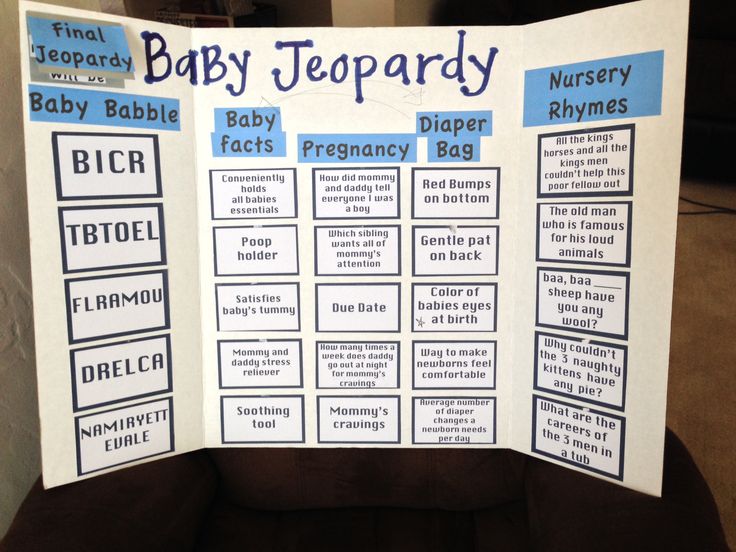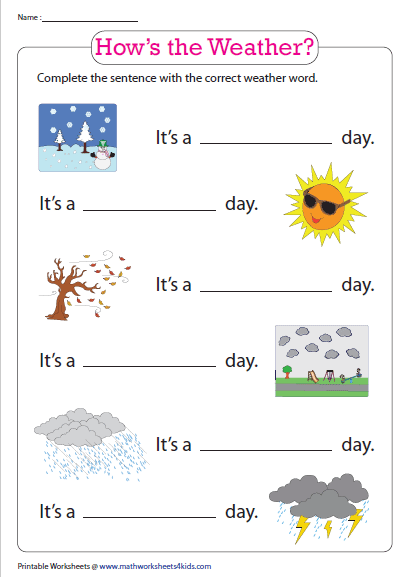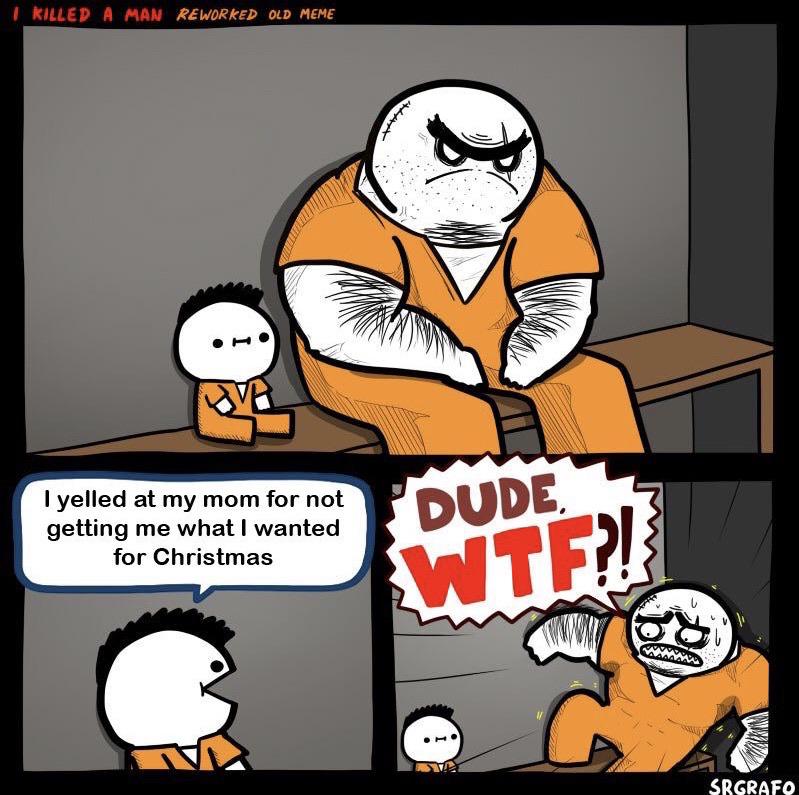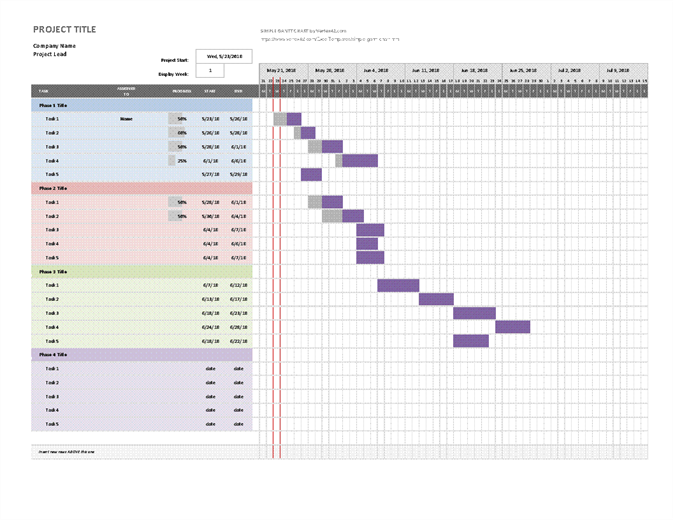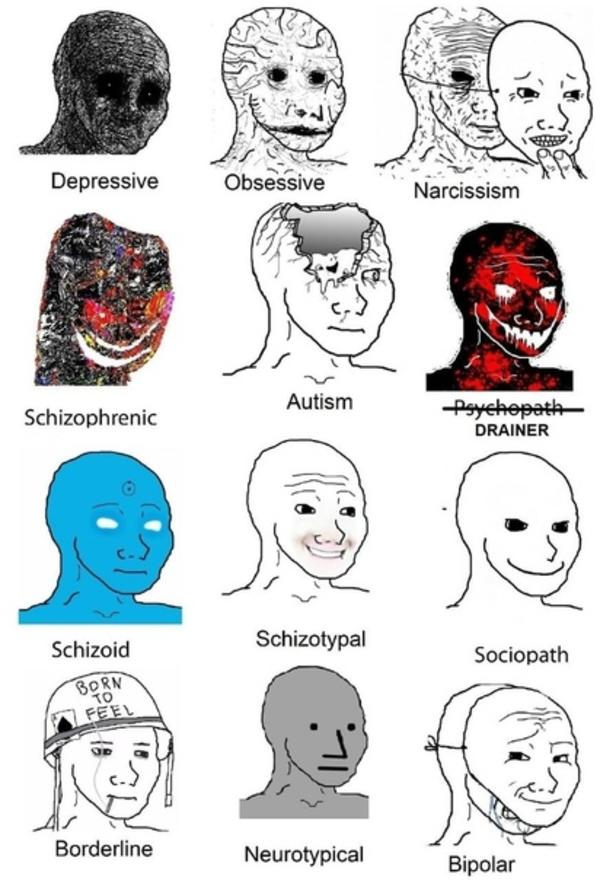Teach your child how to read in 100 easy lessons pdf
Teach Your Child to Read in 100 Easy Lessons [2022 Review & PDF Freebie]
I'm excited to dive into this book, because I know that many of you have questions as you decide whether or not "Teach Your Child to Read in 100 Easy Lessons" is the right way to begin teaching your child to read.
Below this paragraph, I'll leave a Table of Contents so you can quickly find what you are looking for to know if "Teach Your Child to Read in 100 Easy Lessons" is for your family.
As an Amazon Associate I earn from qualifying purchases. You can learn more about that here.
Table of Contents
- A summary of Teach Your Child to Read in 100 Easy Lessons:
- The Author of "Teach Your Child to Read in 100 Easy Lessons" - Siegfried Engelmann
- The DISTAR method of reading instruction
- DISTAR Pronunciation Guide
- Teach Your Child to Read in 100 Easy Lessons Reviews
- Amazon Reviews
- Reviews from Goodreads
- PROS according to the positive reviews:
- CONS according to the negative reviews:
- How to Teach Your Kid to Read in 100 Easy Lessons - Is it right for YOUR child?
- How can I teach my child to read in 100 days?
- Best advice on how to use the book with your child:
- How to Teach Your Child to Read in 100 Easy Lessons pdf
- Teach Your Child to Read in 100 Easy Lessons Printables (Plus a FREEBIE!)
- What to do after Teach Your Child to Read in 100 Easy Lessons
A summary of Teach Your Child to Read in 100 Easy Lessons:
100 Easy Lessons is a workbook that parents can use to teach their children to read in lessons about 20 to 30 minutes a day. This can be accomplished in just over three months (100 days/lessons) if one lesson per day is adhered to.
The book, written by Siegfried Engelmann, is based upon the DISTAR method of reading instruction, which I'll explain in further detail below. In general though, what you most need to know is that the DISTAR method employed in the book does fall in line with the currently coined "Science of Reading" philosophy, which favors a phonics-rich, high phonemic awareness strategy. This is a good thing!
I'll start with a background of the book, the author, and the philosophy behind 100 Easy Lessons.
The Author of "Teach Your Child to Read in 100 Easy Lessons" - Siegfried EngelmannSiegfried Engelmann (November 26, 1931 – February 15, 2019) was a collegiate scholar (Professor Emeritus of Education at the University of Oregon and Director of the National Institute for Direct Instruction), particularly focused in the areas of how children learn, and in the creation of methods to help children grow in development, particularly in the preschool years.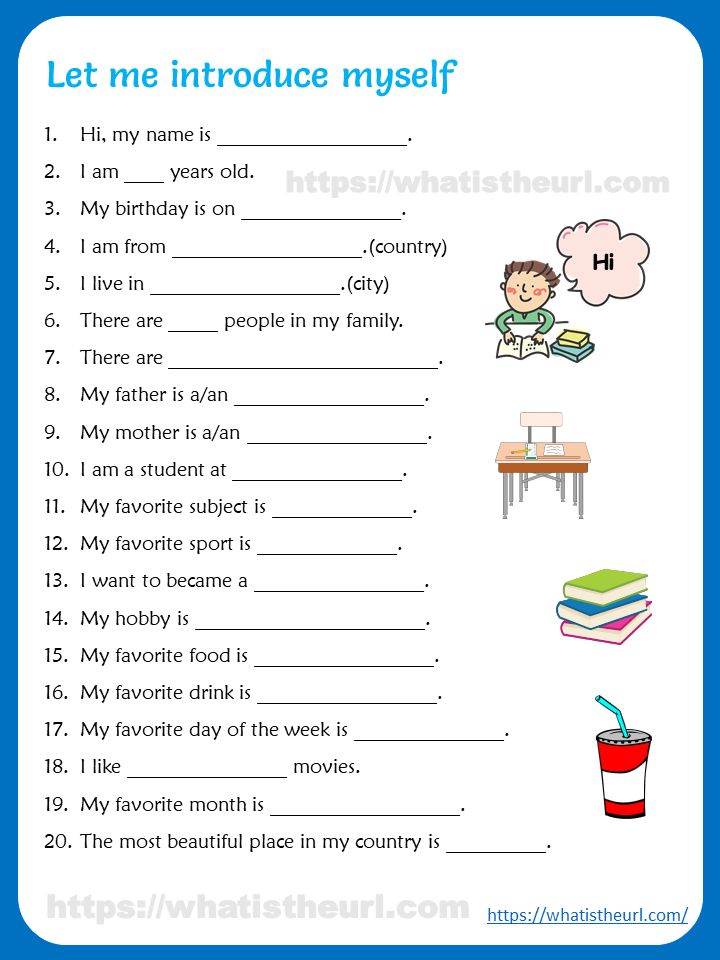
In addition to developing over 100 curricular programs, he wrote 19 books, plus scholarly articles and other reports, including a book called The Theory of Instruction, which summarizes the DISTAR method upon which 100 Easy Lessons was written in view of.
By the time of his death in February of 2019, Engelmann had received many awards and recognitions for his work in behavior and psychology, and for the contributions he had made in the areas of education and child development.
Another interesting tidbit: President George W. Bush was reading "The Pet Goat" to a group of children in a Florida elementary school (a published work of Siegfried Engelmann's) when he was told of the terror attacks on 9/11.
The DISTAR method of reading instruction
The DISTAR method of reading (Direct Instruction System for Teaching and Remediation) is very specific to providing teachers with the exact language to use when teaching children to read, by decoding first and following with comprehension.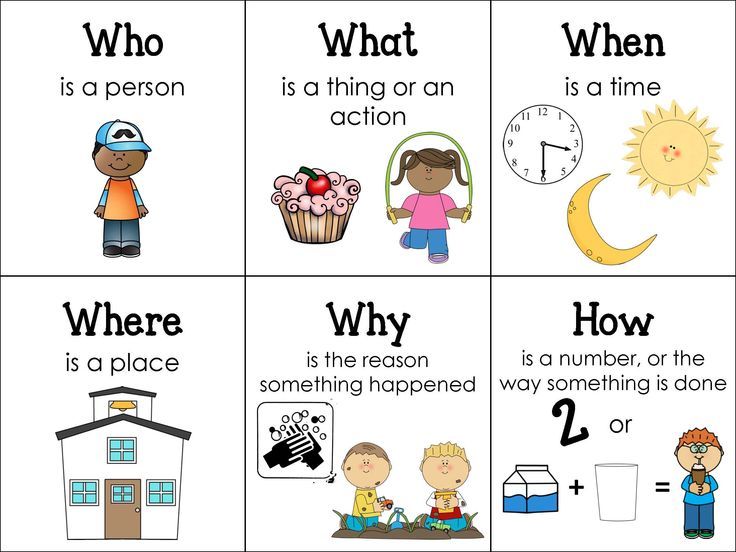
You'll see this displayed in every lesson of the book. The words that the parent/ teacher are meant to instruct with are clearly written out in red. These instructions are researched, very deliberate wordings, even giving parents instruction on the words to use when correcting, how many times a child should practice a word, and more.
These teaching controls are well-researched for best results in preschool age children, and are based heavily on a scientific way of approaching reading instruction phonetically in the beginning.
It may seem laborious at first, but it is great for laying a strong foundation of reading that will prevent your child from having to "guess" at text based on "clues". Instead, your child will actually be reading, not guessing.
DISTAR Pronunciation Guide
In the book, you'll find a pronunciation guide that you'll need to familiarize yourself with (pic below). The book teaches with sounds at first, so that the child will develop a strong phonemic awareness of letters and words.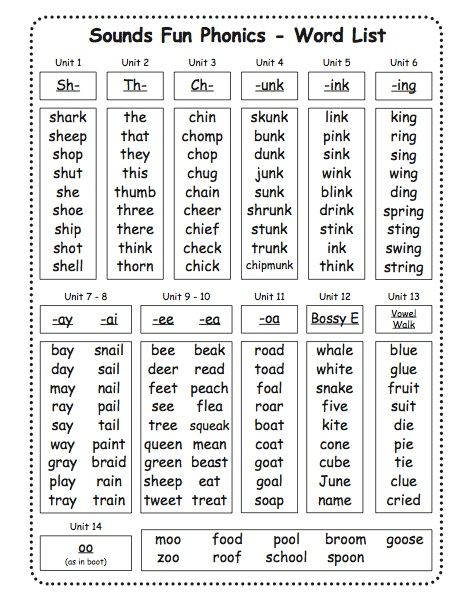 Here's a quick glance of the chart:
Here's a quick glance of the chart:
Teach Your Child to Read in 100 Easy Lessons Reviews
The reviews for this reading program are far and away more positive than not. That being said, it isn't the program for everyone. I'll list for you below a rundown of the general reviews by website.
And yes, I read every. single. one. I want to give you a really good idea of what you are purchasing, and whether or not it will be the best for your family.
Amazon Reviews
At the time that I am writing this full report on the book, there are 3,236 reviews on Amazon with an average star rating of 4.5 out of 5. Not too shabby. I read these reviews and will pull in the hightlights for you below.
Reviews from Goodreads
2,233 folks from Goodreads rated this reading program a 4.16 out of 5 stars. I included a summary of the reviews I read here (there were 280 at the time of my research) along with those from Amazon below.
PROS according to the positive reviews:
- Highlights call the book "brilliant", "from zero to hero", and "it works".
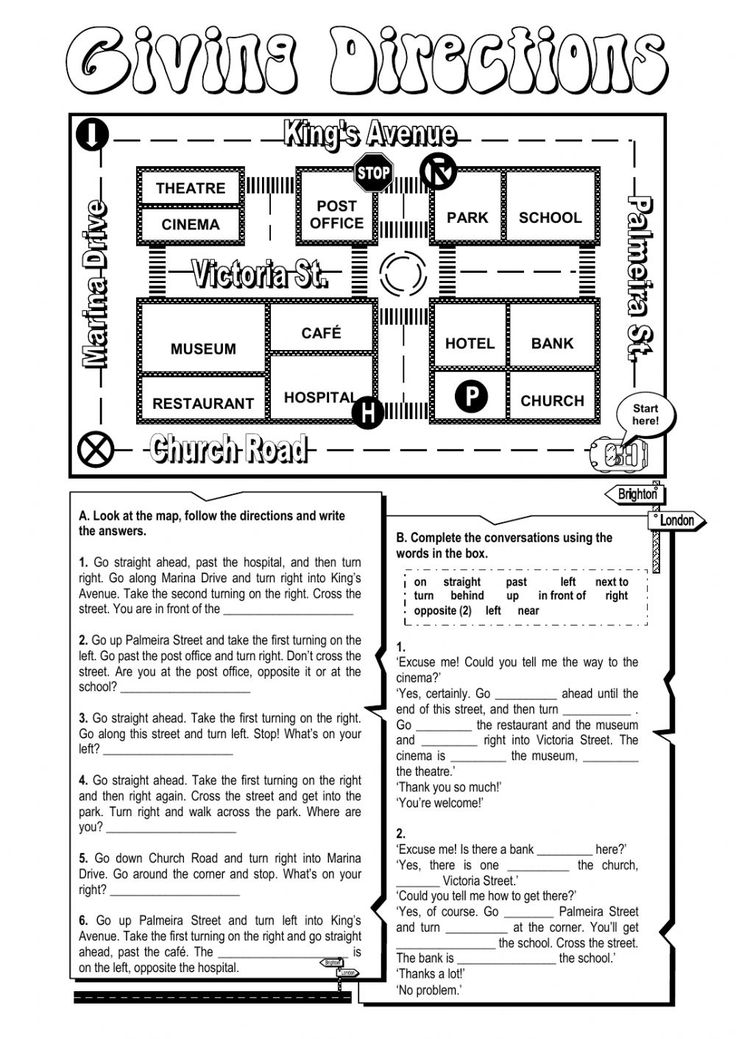
- More parents say that althought there were "tough spots" to get through in the book, it was well worth the effort in the end.
- Although it's not highlighted in the book summaries, the book teaches writing alongside the reading lessons. You could choose to omit these if you are using a different writing curriculum.
- This book is mentioned MANY times as a great option for struggling readers. Too many schools are teaching kids to "read" by memorizing sight words only, instead of learning to decode words. This book will make sure your child is learning the SOUNDS needed for a child to read proficiently. Lots of struggling readers missed this step, or at least missed mastering it. So it may help your struggler.
- No prep for parents. Big win there!
CONS according to the negative reviews:
- The word "boring" is found a lot in these reviews, or tedious.
- Several reviews mention editorial errors throughout the book.
- Lots of repetition.

- Lots of patience needed to get through.
- "Works but not easy."
- Difficult and overwhelming
- The book uses a different orthography (letter symbols) than parents may be used to. (This way of writing is very specific to scientific research, to note and for the most part seemed to be more difficult for the parents than the students.)
How to Teach Your Kid to Read in 100 Easy Lessons - Is it right for YOUR child?
Well, the nice thing about the book is that it's under $20 for an entire reading program, so you aren't out a lot of money if you find it's NOT for you.
It is to be noted that a lot of the children (and possibly parents) who struggled with this method learn very kinesthetically (with movement and action). If you have this type of learner, you could still try it, but you may want to take lots of breaks, and get super creative in ways to make each lesson more interactive somehow.
According to the book: "This program is not recommended for "poor readers" who have been taught how to read but make frequent mistakes.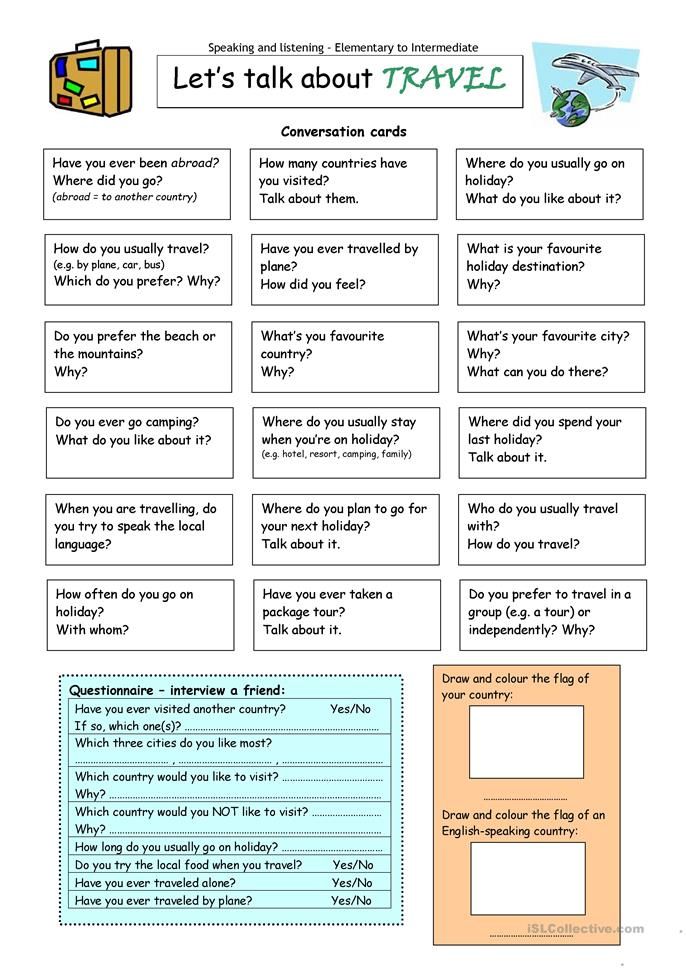 " So keep this in mind. However, LOTS of parents of struggling readers have found this book to be a gem. You may have to find out by trying.
" So keep this in mind. However, LOTS of parents of struggling readers have found this book to be a gem. You may have to find out by trying.
If your child has an undiagnosed learning disability, the book will be difficult if you haven't addressed it yet. However, struggling readers are even more in need of a good phonetic/ phonics background, so it still may be a good resource.
How can I teach my child to read in 100 days?
After reading through the parent introduction and familiarizing yourself with the instruction of this book, you'll start Lesson 1.
The book focuses in the beginning on sounds, to give your child a strong phonemic base. You'll see pictures that look like this, where you teach your child to put his finger on the starting point and slide across to make the sounds:
Here's what Lesson 1 looks like. You can see that each lesson is broken down into several "tasks", and that some letters are in red, and some are in black.
You, the parent are meant to read word for word those in red, and have your child follow instructions.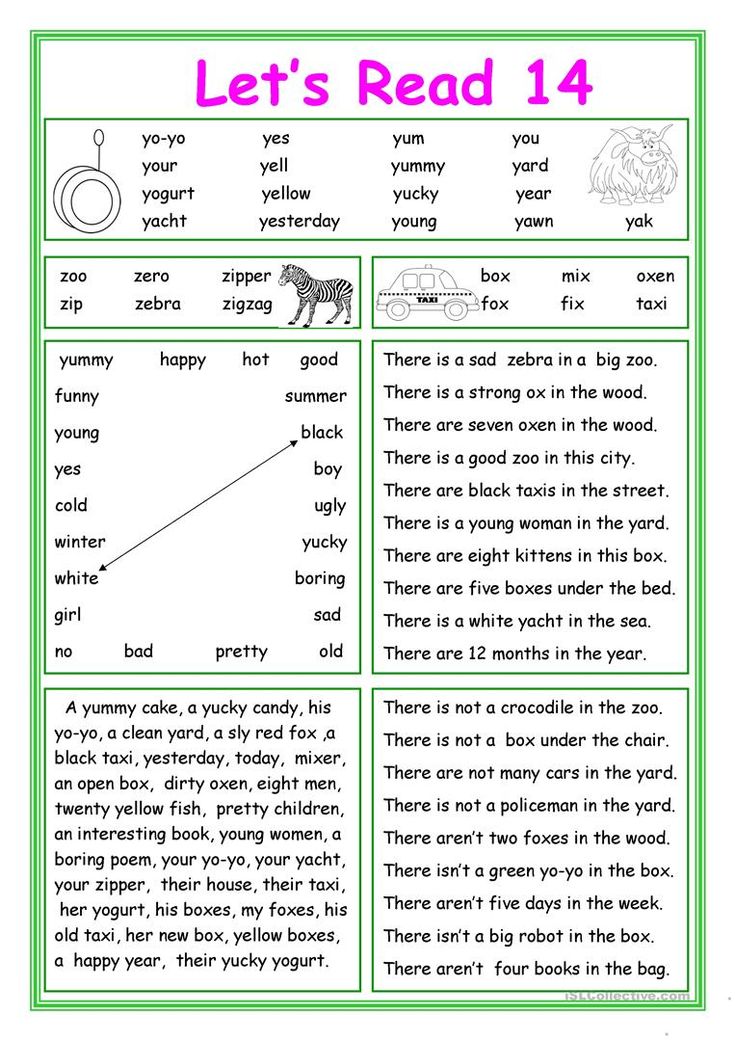
Best advice on how to use the book with your child:
- Read the parent guide closely at the beginning of the book, as your success will depend upon it.
- Take your time doing the lessons depending on the child - possibly 3 or 4 lessons a week, depending on the excitement/ readiness level of your reader. And, if there is too much frustration, put the book down and possibly revisit in a couple of weeks.
- Be creative with the lessons and see what works to take the "boredom" out of the lessons.
- Find creative and fun ways to teach the letters of the alphabet in addition to the first lessons (games, apps, hands-on) - Learning letters as opposed to sounds of letters (and capital letters) are learned in the later lessons of the book. Some children find it too abrupt, so you may want to integrate in other ways & activities earlier in the book.
- Create an incentive chart to spur on your child to do the lessons - have a gift or something fun to do when they reach a certain number of lessons.

- Be sure you are reading aloud to your child often, or every day.
- Be flexible yet persistent.
How to Teach Your Child to Read in 100 Easy Lessons pdf
I looked online to see if I could find the book as a pdf to purchase for print, or possibly as a Kindle book, and had no luck. Please comment below if you find a way to purchase the book this way!
Teach Your Child to Read in 100 Easy Lessons Printables (Plus a FREEBIE!)
There are some really great printables on Pinterest to have alongside 100 Easy Lessons. And you can grab mine for free here as well!
I've created some printables that you can use to accompany your journey with 100 Easy Lessons. You can grab them all HERE. (And here's a peek:)
What to do after Teach Your Child to Read in 100 Easy Lessons
At the end of 100 Easy Lessons, you'll be presented with a reading list of books that you might want to follow up with.
I'd recommend diving deeper into a good Phonics program after completing 100 Easy Lessons.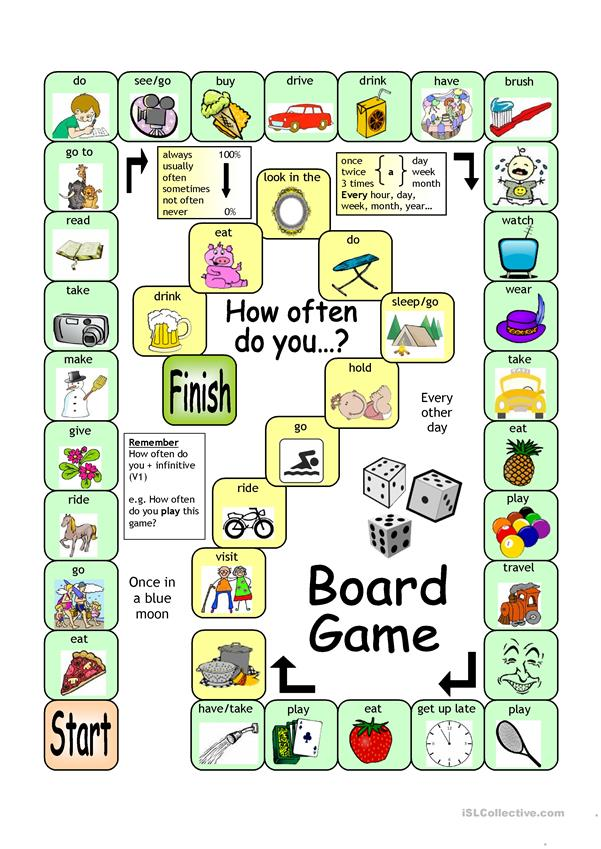 You could try Explode the Code, or Phonics Pathways at whatever level is appropriate to your child.
You could try Explode the Code, or Phonics Pathways at whatever level is appropriate to your child.
Later on depending on your child's age, you can start a good spelling curriculum. I'd definitely suggest All About Spelling. If you have a struggling speller, having that good phonics background is crucial
Mostly, and probably most importantly, I'd continue to build on that base you have created by reading, reading, and READING some more. Audiobooks are a great idea.
I wish you the best as you embark upong a great journey - teaching your child to read! It is an AMAZING feeling to watch that light come on in your child, whether at age 4, 6, or 8.
Let us know in the comment section below if you have any other experience you would like to share with this reading program.
Teach Your Child to Read in 100 Easy Lessons | Book by Phyllis Haddox, Elaine Bruner, Siegfried Engelmann | Official Publisher Page
Skip to Main ContentTable of Contents
- Excerpt
- Rave and Reviews
About The Book
With more than one million copies sold, Teach Your Child to Read in 100 Easy Lessons is a remarkable step-by-step, phonics-based program that teaches your child to read in just 20 minutes a day—with love, care, and joy a parent and child can share.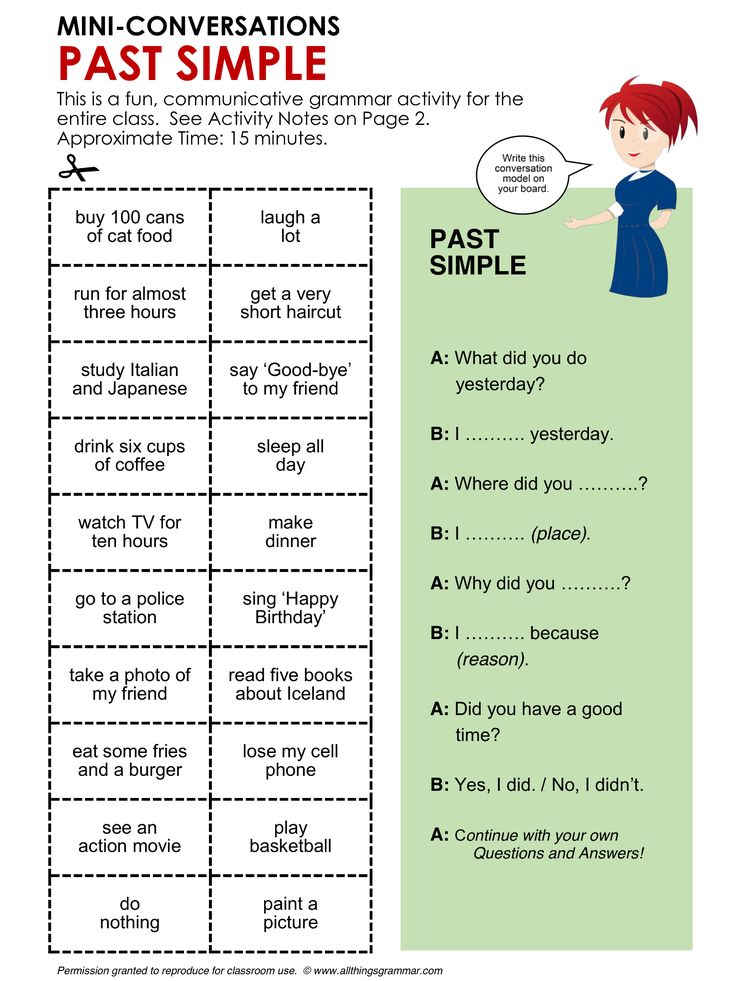 Now fully revised and updated!
Now fully revised and updated!
“[A] magical book...I’ve seen this method work in my own home, having used it with both of my children and watched that light go on.”—John McWhorter, The New York Times
Is your 4-year-old or even 3-year-old child expressing interest in reading, constantly pretending to read, and asking questions while you are reading? Do you want to develop a young reader but are unsure of how to do it? Is your child halfway through kindergarten and unable to read simple words without memorizing or guessing? Do you want to teach your child to read using the most research-supported method with a long record of success?
Teach Your Child to Read in 100 Easy Lessons is an adaptation of the most successful beginning reading program written for schools. More than 50 formal studies using the highest-quality research methods have documented the superiority of the Direct Instruction approach to phonics and other essential beginning reading skills.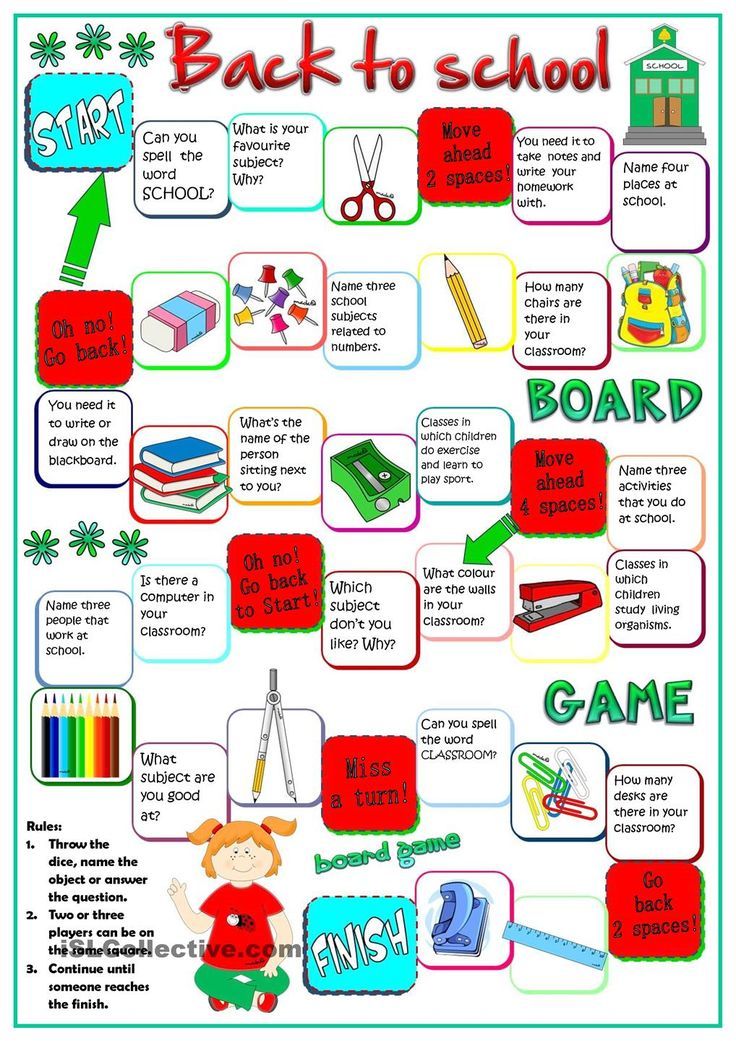
Teach Your Child to Read in 100 Easy Lessons is a complete, sensible, easy-to-follow, step-by-step program that shows simply and clearly how to teach children to read. In 100 lessons, color-coded for clarity and ease of delivery, you can give your child the basic and more advanced skills needed to be a good reader—at about a second-grade level.
Twenty minutes a day is all your child needs to become an independent reader in 100 lessons. It’s an enjoyable way to help your child gain the vital skills of reading. Everything you need is here for you and your child to learn together. Teach Your Child to Read in 100 Easy Lessons will bring you and your child a sense of accomplishment and confidence while giving your child the reading skills needed now for a better chance at tomorrow.
Excerpt
About The Authors
Product Details
Raves and Reviews
Resources and Downloads
You may also like: Thriller and Mystery Staff Picks
How to teach a child to read: important rules and effective methods
October 26 Likbez Education
Teaching a preschooler to read without losing interest in books is real.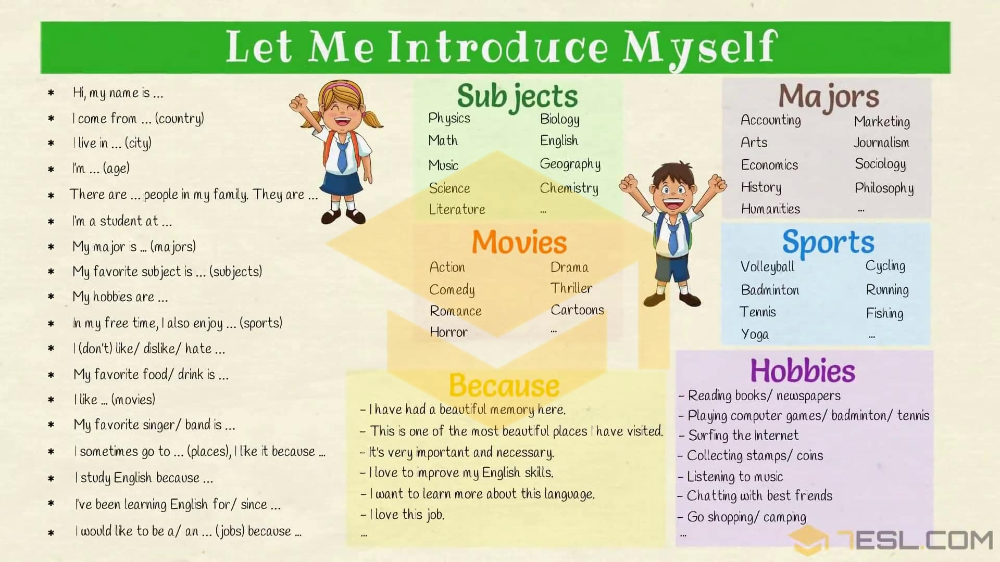 Lifehacker has selected the best ways for responsible parents.
Lifehacker has selected the best ways for responsible parents.
How to understand that it is time to teach a child to read
There are several signs of psychological readiness.
- The child speaks fluently in sentences and understands the meaning of what is said. nine0012
- The child understands directions: left-right, up-down. For learning to read, it is important that the baby can follow the text from left to right and from top to bottom.
- The child distinguishes sounds (what speech therapists call developed phonemic hearing). Simply put, the baby will easily understand by ear where the house and the bow are, and where the tom and the hatch are.
- Your child pronounces all the sounds and has no speech problems.
Natalia Zharikova
Speech therapist with 33 years of experience
A child with speech therapy problems does not hear and does not distinguish similar sounds. From here come errors with speech, and subsequently with reading, and even more often with writing. It is very difficult for a parent to identify violations on their own, so usually a teacher or a speech therapist can point this out to them.
It is very difficult for a parent to identify violations on their own, so usually a teacher or a speech therapist can point this out to them.
How to teach your child to read
Be patient and follow these simple guidelines.
Set an example
In a family where there is a culture and tradition of reading, children themselves will reach for books. Read not because it is necessary and useful, but because it is a pleasure for you. nine0003
Read together and discuss
Read aloud to the child and then look at the pictures together, encouraging them to interact with the book: “Who is this picture? Can you show me the cat's ears? And who is that standing next to her?” Older children can be asked more difficult questions: “Why did he do this? What do you think will happen next?"
Don't learn the letters as they are called in the alphabet
Instead, help your child remember the sound the letter makes. For example, you show the letter "m" and say: "This is the letter m (not em )".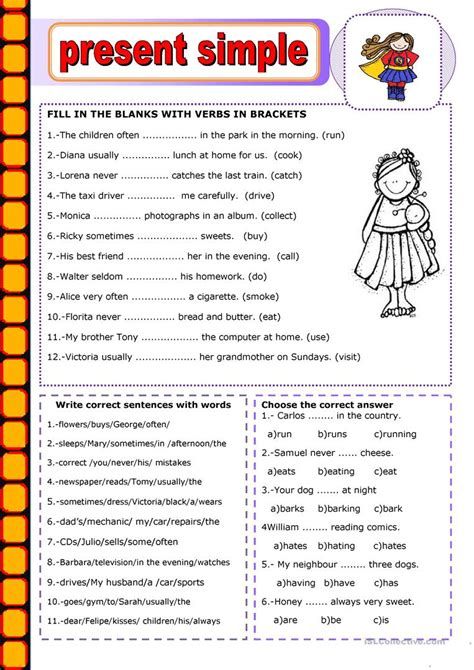 If a child remembers the alphabetic names of letters ( em , es, ef and so on), it will be quite difficult for him to learn to read. Then, when he sees the word ra-ma in the book, he will try to pronounce er-a-um-a .
If a child remembers the alphabetic names of letters ( em , es, ef and so on), it will be quite difficult for him to learn to read. Then, when he sees the word ra-ma in the book, he will try to pronounce er-a-um-a .
Go from simple to complex
Once the child has memorized a few letters (from 2 to 5) and the sounds they represent, move on to syllables. Let the words consisting of repeated syllables be the first: mum, dad, uncle, nanny . In this case, it is not necessary to break the syllable into separate sounds. Do not say: "These are the letters m and a , and together they read ma ". Immediately learn that the syllable is pronounced like ma , otherwise the baby may start to read letter by letter. After mastering simple combinations, move on to more complex ones: cat, zhu-k, house .
Help to understand the meaning of what they read
Do this when the child begins to slowly but surely reproduce words and whole sentences in syllables.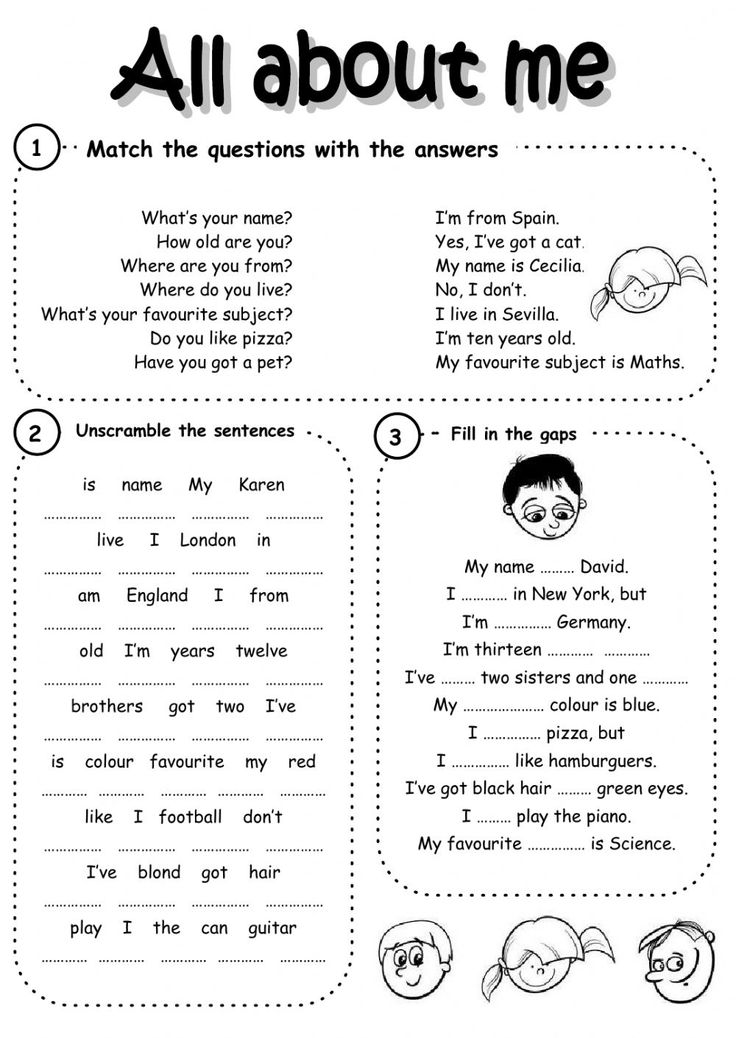 For example, the kid read: "Mom washed the frame." Stop and ask: “What did you just read about?”. If he finds it difficult to answer, let him read the sentence again. And you ask more specific questions: “Who washed the frame? What did mom wash? nine0003
For example, the kid read: "Mom washed the frame." Stop and ask: “What did you just read about?”. If he finds it difficult to answer, let him read the sentence again. And you ask more specific questions: “Who washed the frame? What did mom wash? nine0003
Show that letters are everywhere
Play a game. Let the child find the letters that surround him on the street and at home. These are the names of stores, and memos on information stands, and advertising on billboards, and even traffic light messages: it happens that the inscription “Go” lights up on green, and “Wait so many seconds” on red.
Play
And play again. Stack blocks with letters and syllables, make up words, ask your child to read you some kind of sign or inscription on the packaging in the store. nine0003
Natalia Zharikova
There are many exercises for memorizing letters. For example, circle the desired letter among a number of others, circle the correctly written among the incorrect ones, color or shade.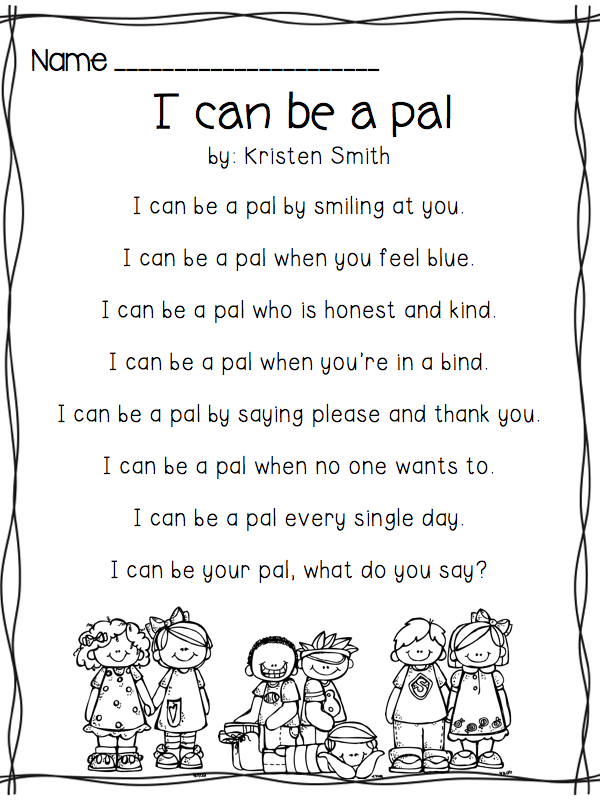 You can also ask the child to tell what the letter looks like.
You can also ask the child to tell what the letter looks like.
Use every opportunity to practice
Whether you are waiting in line at the clinic or driving somewhere, take out a book with pictures and short stories to accompany them and invite your child to read together. nine0003
Build on your success
Repeat familiar texts, look for familiar characters in new stories. Runaway Bunny is found both in "Teremka" and "Kolobok".
Do not force
This is perhaps the most important thing. Don't take away a child's childhood. Learning should not go through violence and tears.
What techniques to use to teach your child to read
Here are six popular, affordable and effective techniques. Choose one or try several and choose the one that interests your child the most. nine0003
1. ABCs and primers
Frame: This is all mine / YouTube Traditional, but the longest way. The difference between these books is that the alphabet fixes each letter with a mnemonic picture: a drum will be drawn on the page with B , and a spinning top next to Yu .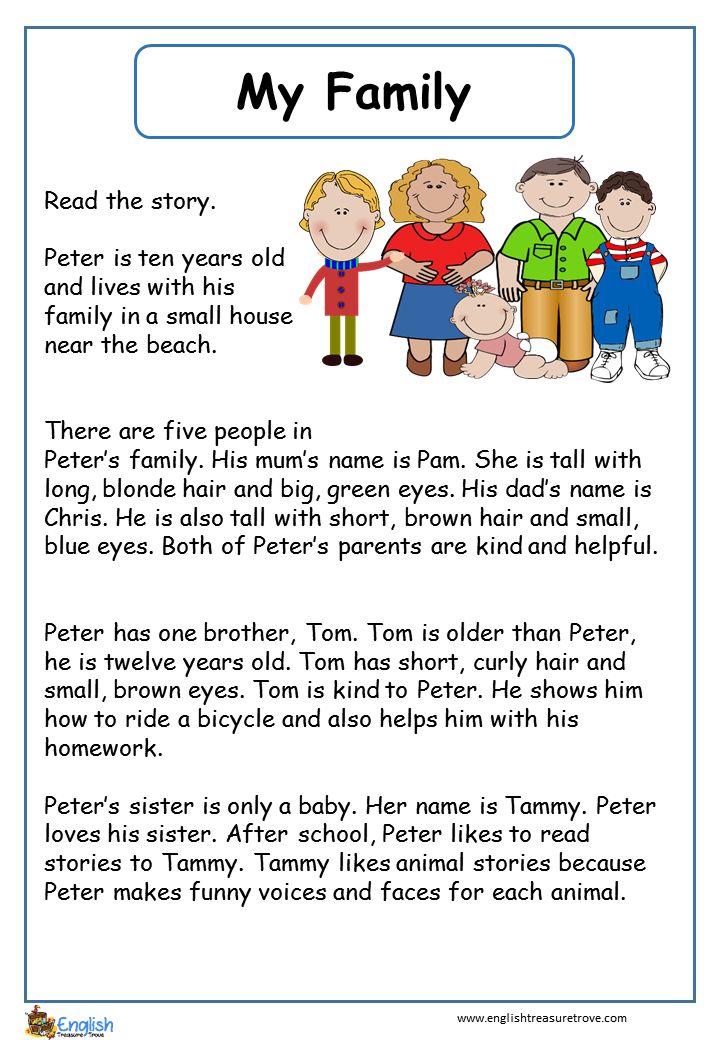 The alphabet helps to remember letters and often interesting rhymes, but will not teach you how to read.
The alphabet helps to remember letters and often interesting rhymes, but will not teach you how to read.
The primer consistently teaches the child to combine sounds into syllables, and syllables into words. This process is not easy and requires perseverance. nine0003
There are quite a lot of author's primers now. According to the books of Nadezhda Betenkova, Vseslav Goretsky, Dmitry Fonin, Natalya Pavlova, children can study both with their parents before school and in the first grade.
Parents agree that one of the most understandable methods for teaching preschoolers is Nadezhda Zhukova's primer. The author simply explains the most difficult thing for a child: how to turn letters into syllables, how to read ma-ma , and not start naming individual letters me-a-me-a .
2. Zaitsev's Cubes
Shot: Little Socrates / YouTube If a child consistently masters letters and syllables while learning from an ABC book, then in 52 Zaitsev's Cubes he is given access to everything at once: a single letter or combinations of consonant and vowel, consonant and hard or soft sign.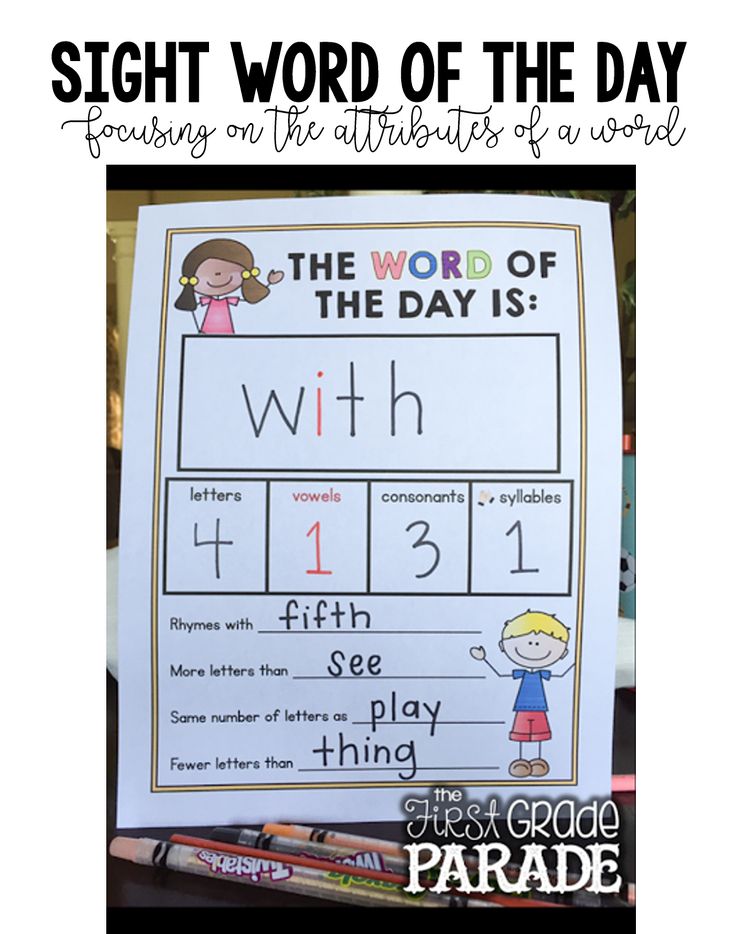
The child effortlessly learns the differences between voiceless and voiced sounds, because the cubes with voiceless consonants are filled with wood, and the cubes with voiced consonants are filled with metal. nine0003
The cubes also differ in size. The large ones depict hard warehouses, the small ones - soft ones. The author of the technique explains this by the fact that when we pronounce to (hard warehouse), the mouth opens wide, nor (soft warehouse) - lips in a half smile.
The set includes tables with warehouses that the parent sings (yes, he doesn’t speak, but sings).
The child quickly masters warehouse reading with the help of cubes. But there are also disadvantages: he may begin to swallow endings and face difficulties already at school when parsing a word by composition. nine0003
3.
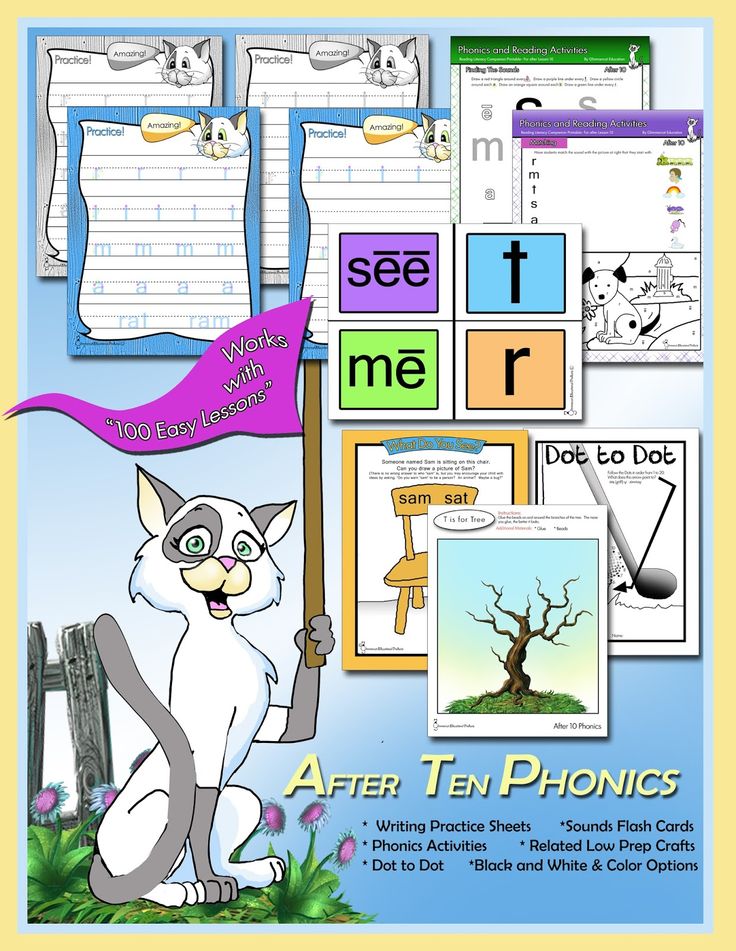 "Skladushki" and "Teremki" by Vyacheslav Voskobovich Frame: Play and Toy Club / YouTube
"Skladushki" and "Teremki" by Vyacheslav Voskobovich Frame: Play and Toy Club / YouTube In "Skladushki" Vyacheslav Voskobovich reworked Zaitsev's idea: 21 cards show all the warehouses of the Russian language with nice thematic pictures. Included is a CD with songs, the texts of which go under each picture.
Folders are great for kids who like looking at pictures. Each of them is an occasion to discuss with the child where the kitten is, what the puppy is doing, where the beetle flew. nine0003
It is possible to teach a child with these cards from the age of three. At the same time, it should be noted that the author of the methodology himself does not consider it necessary to force early development.
"Teremki" by Voskobovich consist of 12 wooden cubes with consonants and 12 cardboard cubes with vowels. First, the child gets acquainted with the alphabet and tries with the help of parents to come up with words that begin with each of the letters.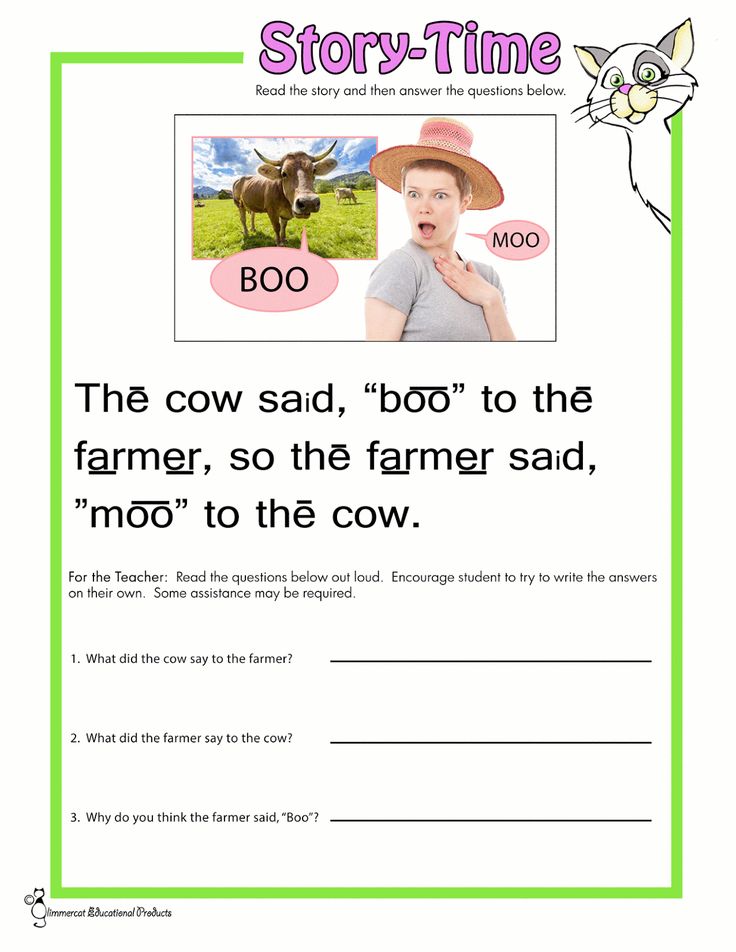
Then it's time to study the syllables. In the tower with the letter M is embedded A - and the first syllable is ma . From several towers you can lay out words. Learning is based on play. So, when replacing the vowel , house will turn into smoke .
You can start playing tower blocks from the age of two. At the same time, parents will not be left alone with the cubes: the kit includes a manual with a detailed description of the methodology and game options.
4. Chaplygin's dynamic cubes
Shot: Both a boy and a girl! Children's channel - We are twins / YouTube Evgeny Chaplygin's manual includes 10 cubes and 10 movable blocks. Each dynamic block consists of a pair - a consonant and a vowel. The task of the child is to twist the cubes and find a pair.
At the initial stage, as with any other method of learning to read in warehouses, the child makes the simplest words from repeating syllables: ma-ma, pa-pa, ba-ba . The involved motor skills help to quickly remember the shape of the letters, and the search for already familiar syllables turns into an exciting game. The cubes are accompanied by a manual describing the methodology and words that can be composed. nine0003
The optimal age for classes is 4-5 years. You can start earlier, but only in the game format.
5. Doman's cards
Frame: My little star / YouTube American doctor Glenn Doman suggests teaching children not individual letters or even syllables, but whole words. Parents name and show the child the words on the cards for 1-2 seconds. In this case, the baby is not required to repeat what he heard.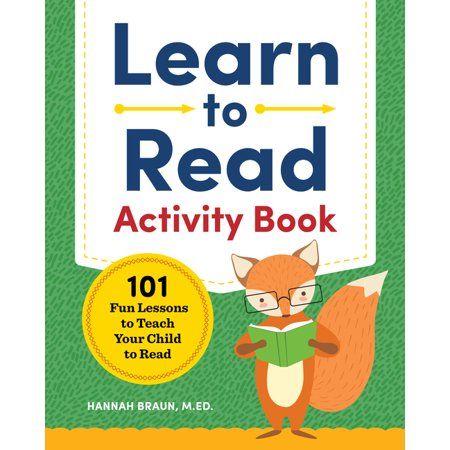
Classes start with 15 cards with the simplest concepts like females and males . Gradually, the number of words increases, those already learned leave the set, and the child begins to study phrases: for example, color + object, size + object.
How can one understand that a child has understood and memorized the visual image of a word, if the author of the methodology recommends starting classes from birth? Glenn Doman in "The Harmonious Development of the Child" strongly emphasizes that it is not necessary to arrange tests and checks for the child: kids do not like this and lose interest in classes. nine0003
It's better to remember 50 cards out of 100 than 10 out of 10.
Glenn Doman
But given that parents can't help but check, he advises the child to play the game if they want and are ready. For example, you can put a few cards and ask to bring one or point to it.
Today, psychologists, neurophysiologists and pediatricians agree that the Doman method is aimed not at teaching reading, but at mechanical memorization of visual images of words.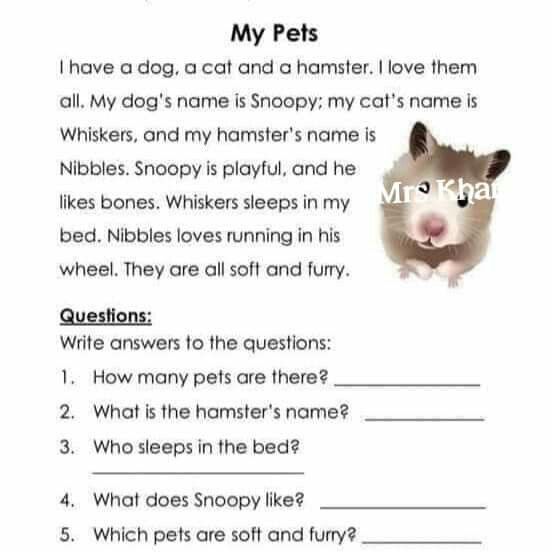 The child turns out to be an object of learning and is almost deprived of the opportunity to learn something on his own. nine0003
The child turns out to be an object of learning and is almost deprived of the opportunity to learn something on his own. nine0003
It is also worth adding: in order to proceed to the stage of reading according to Doman, parents need to prepare cards with all (!) Words that are found in a particular book.
6. Montessori method
Photo: Kolpakova Daria / ShutterstockMontessori reading comes from the opposite: first we write and only then we read. Letters are the same pictures, so you first need to learn how to draw them and only then engage in pronunciation and reading. Children begin by tracing and shading the letters, and through this, they memorize their outline. When several vowels and consonants have been studied, they move on to the first simple words. nine0003
Much attention is paid to the tactile component, so children can literally touch the alphabet cut out of rough or velvety paper.
The value of the method lies in learning through play. So, you can put a rough letter and a plate of semolina in front of the child and offer to first circle the sign with your finger, and then repeat this on the semolina.
So, you can put a rough letter and a plate of semolina in front of the child and offer to first circle the sign with your finger, and then repeat this on the semolina.
The difficulty for parents is to purchase or prepare a significant amount of handouts. But you can try to make cards with your own hands from cardboard and sandpaper. nine0003
What's the result
On the Internet and on posters advertising "educators", you will be offered ultra-modern methods of teaching your child to read at three, two years old or even from birth. But let's be realistic: a happy mother is needed a year, not developmental classes.
The authors of the methods as one insist that the most natural learning process for a child is through play, and not through classes in which the parent plays the role of a strict controller.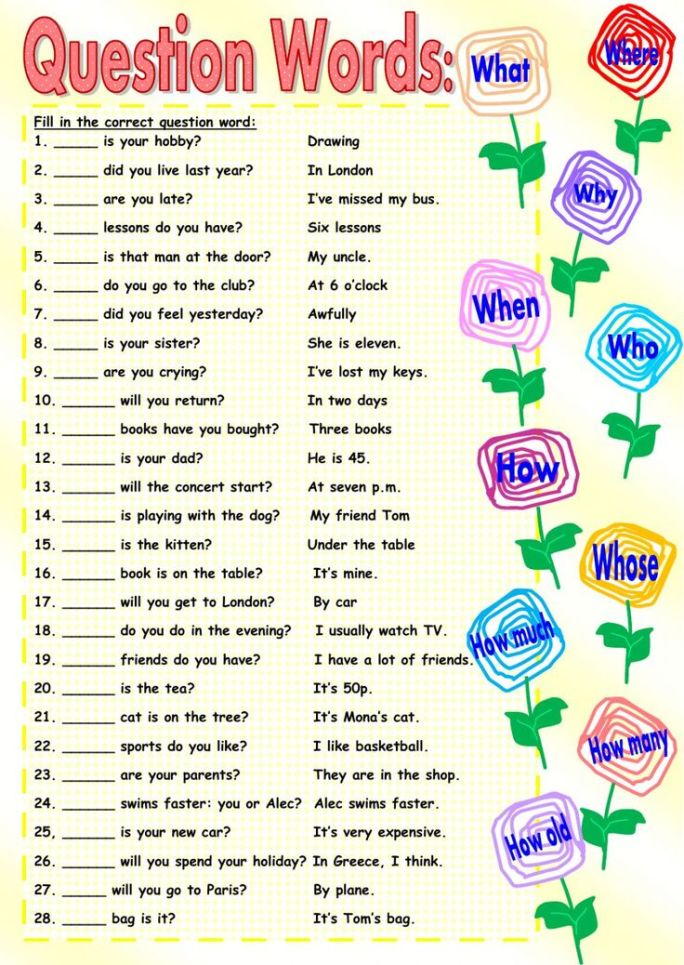 Your main assistant in learning is the curiosity of the child himself. nine0003
Your main assistant in learning is the curiosity of the child himself. nine0003
Some children will study for six months and start reading at three, others have to wait a couple of years to learn in just a month. Focus on the interests of the child. If he likes books and pictures, then primers and Folders will come to the rescue. If he is a fidget, then cubes and the Montessori system are better suited.
In learning to read, everything is simple and complex at the same time. If your child often sees you with a book, you have a tradition of reading before bed, your chances of getting your baby interested in reading will increase significantly. nine0003
See also 🧐
- How to teach a child to keep promises
- How to teach a child to say the letter "r"
- How to teach a child to ride a bicycle
- How to teach a child to swim
- How to teach a child to write
Page not found - portal Vashifinansy.rf
Moscow
Your city:
Moscow
PartnersFor media
Rus Eng
Financial Literacy Week
2021 Check your financial literacy level
Learn to manage
personal finances Learn
how to protect your rights
Financial
calculators How to
talk to children
about money
From October 1, 2021, you can read up-to-date materials on financial literacy on the website
MOIFINANCE.

